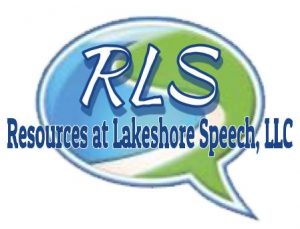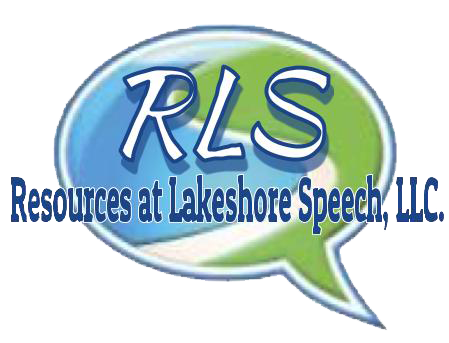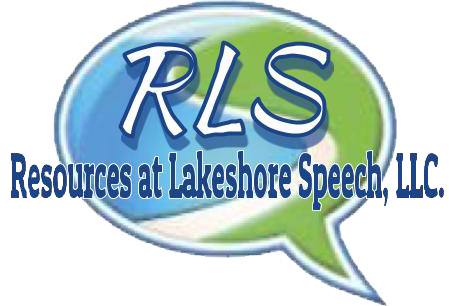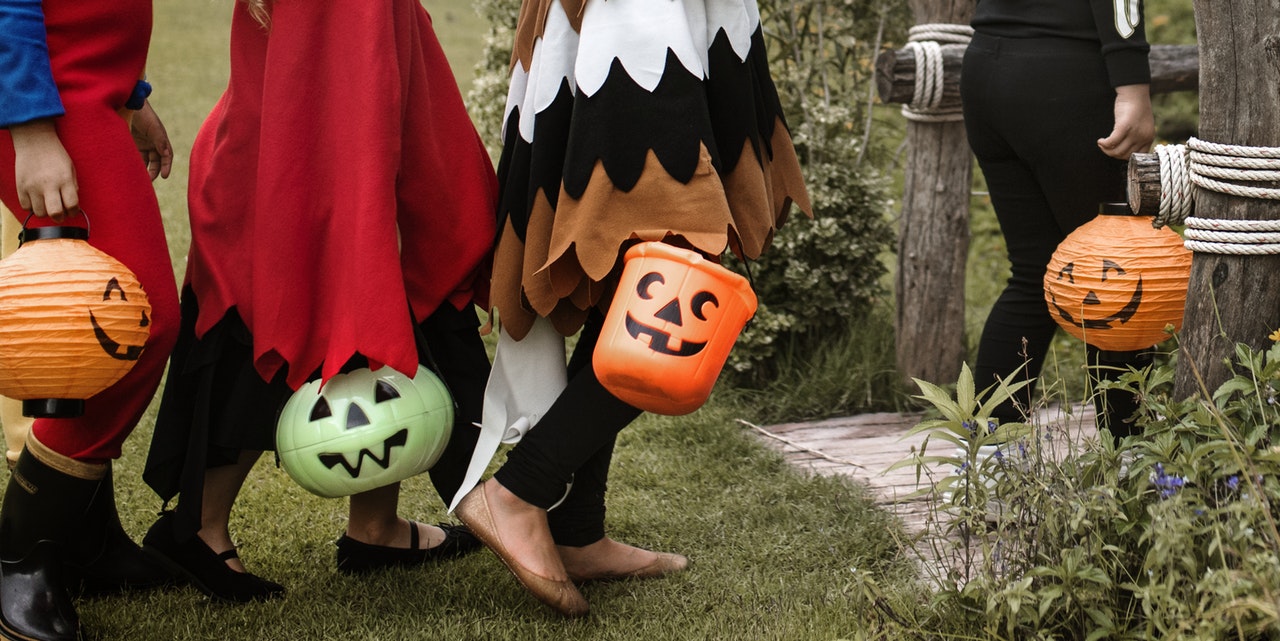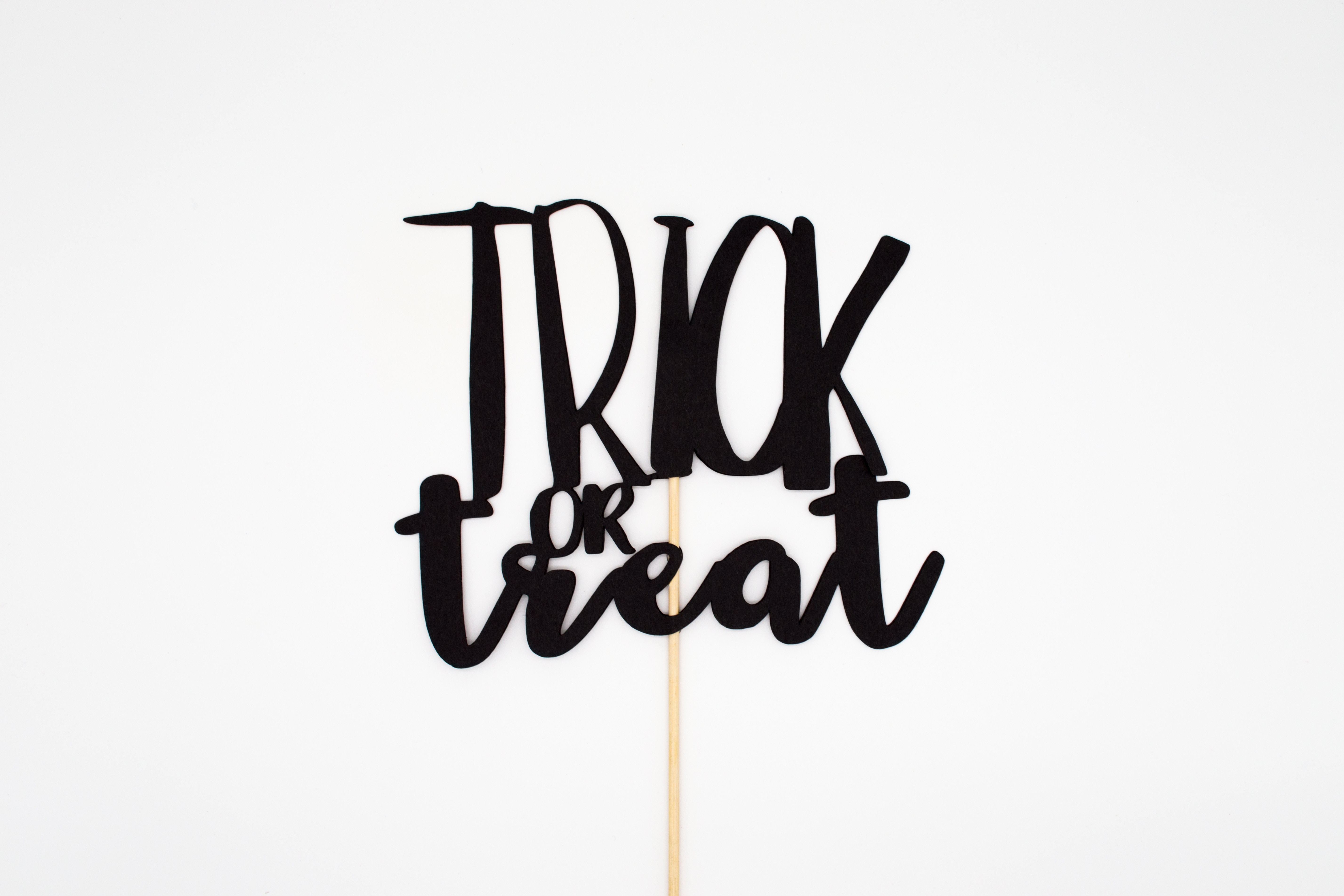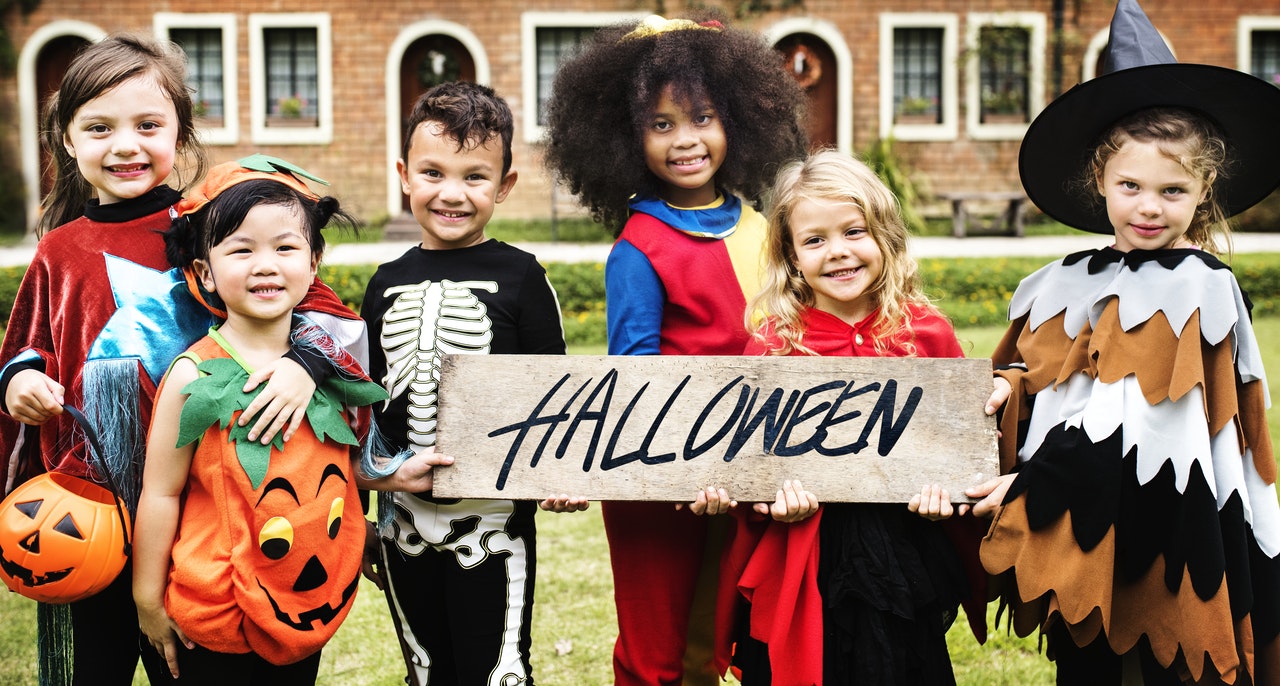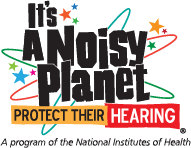You used your parental superpowers to navigate the full moon last week, and you will use those powers again this week, especially on Wednesday, October 31st. Check your list: comfortable costume – done; communication method – done; prep for the big night – read on.
Halloween evening is filled with anticipated wonder. This anticipation can lead to anxiety which can cause unexpected behaviors. Preparing your loved one in advance may eliminate or diminish the anxiety. These proactive techniques are not difficulty, expensive or complex.
Communicating to your child about what they can expect on Halloween evening can make a significant difference. This communication can look like a bedtime story – “Once upon a time, a little girl/boy was excited for Halloween. Her/His name was (your child’s name). Child’s name was going to be dressed as a (your child’s costume). On Halloween day, she/he went to school and had a great day. When child’s name got home from school she/he made sure her/his homework was done. Child’s name and her/his family had dinner. After child’s name ate her/his dinner she/he changed into her/his costume. Etc…..”
This communication can look like a picture book. Draw basic stick figures to represent the expected activities o Halloween. Please feel free to utilize these sequence pictures as well. trickortreatsequence.png
This communication can look like a social story. We have provided a social story about Halloween for you. Social stories are more effective when read frequently. While this is coming to you a few days before Halloween, reading the story two to three times prior to the event can decrease anxiety as well as increase success. halloween-social-story
Remember to breathe and enjoy the moment…… these moments go by too quickly.
Yours in Speech,
Lakeshore Speech Therapy, LLC
